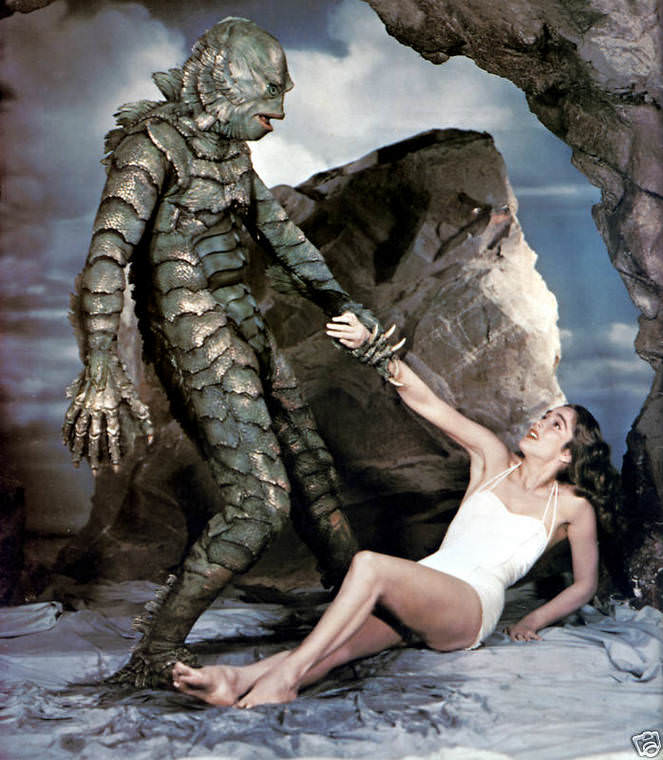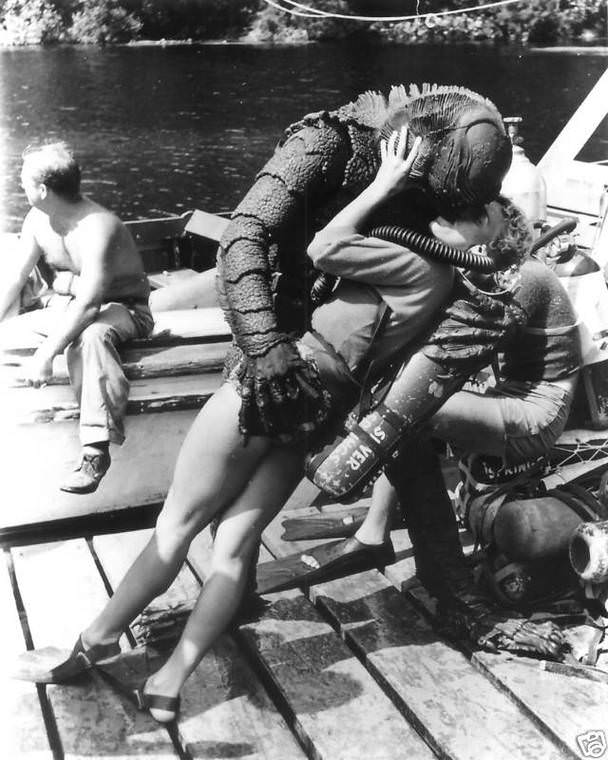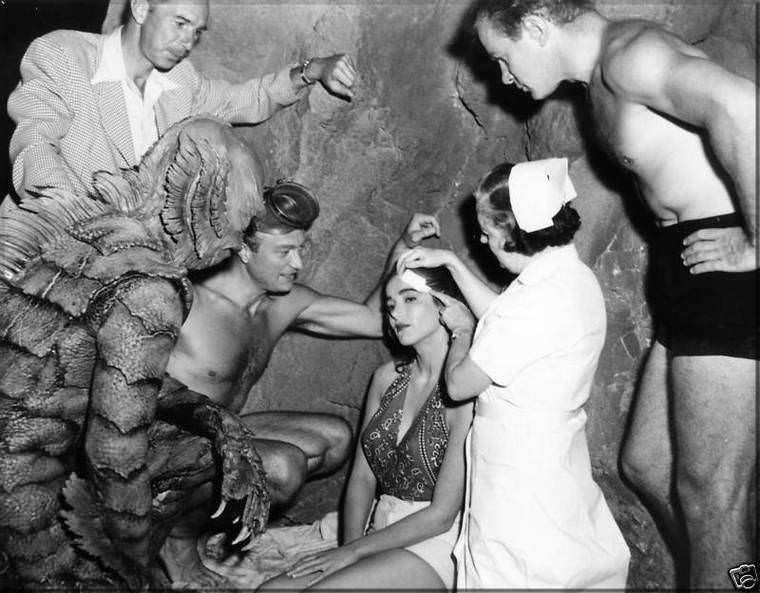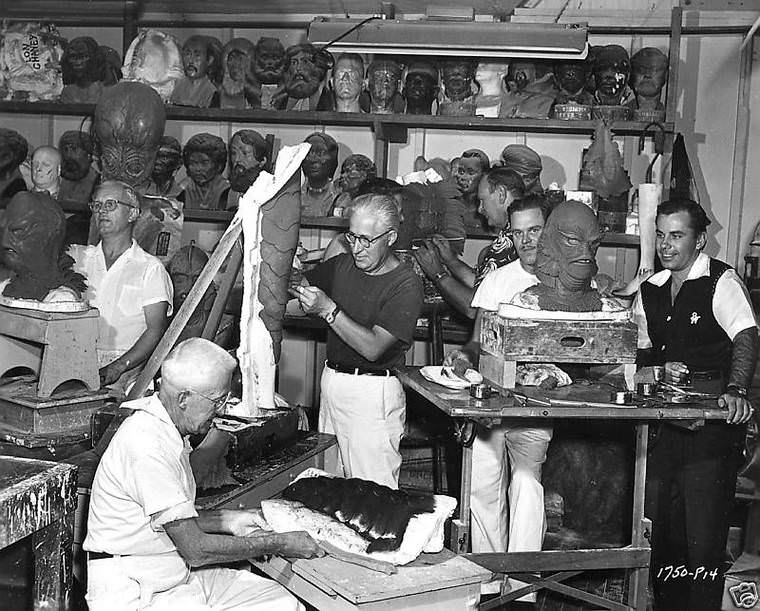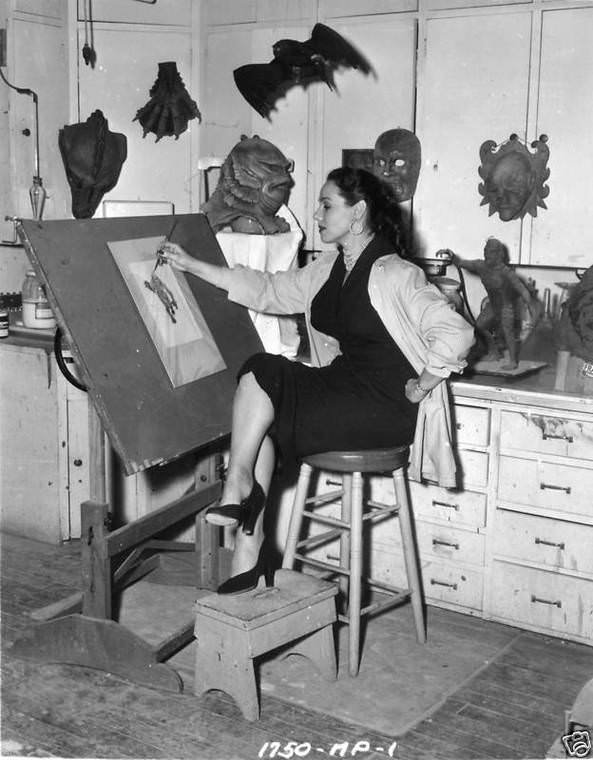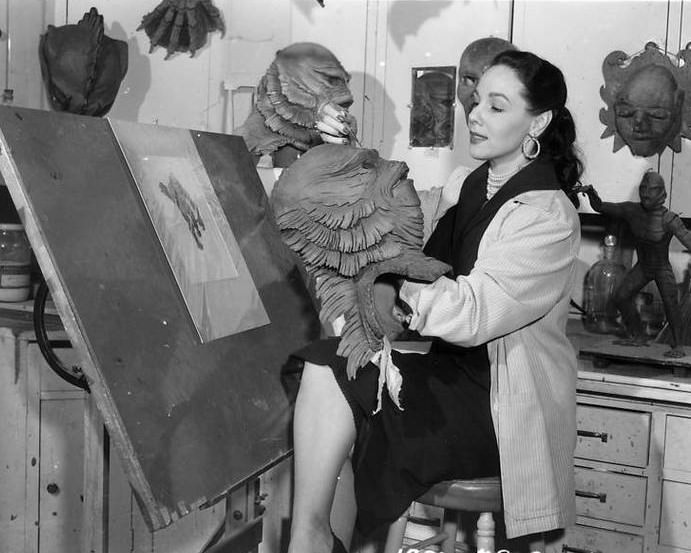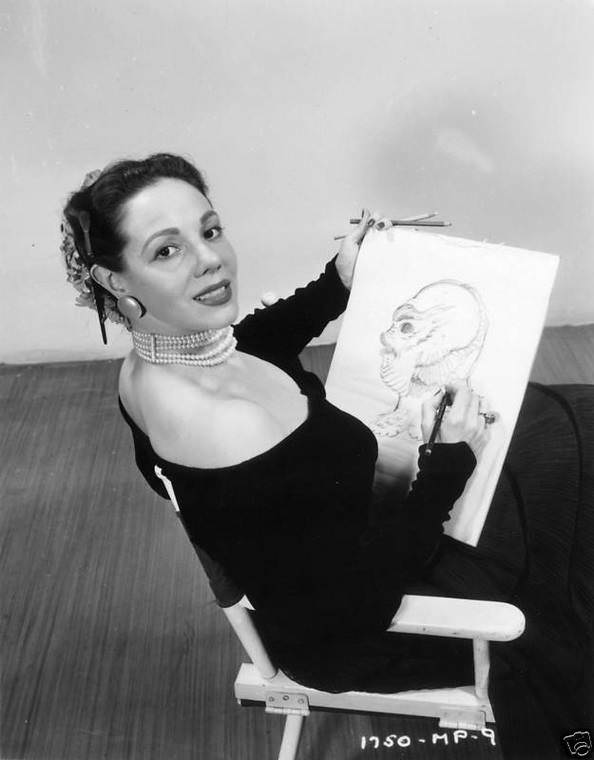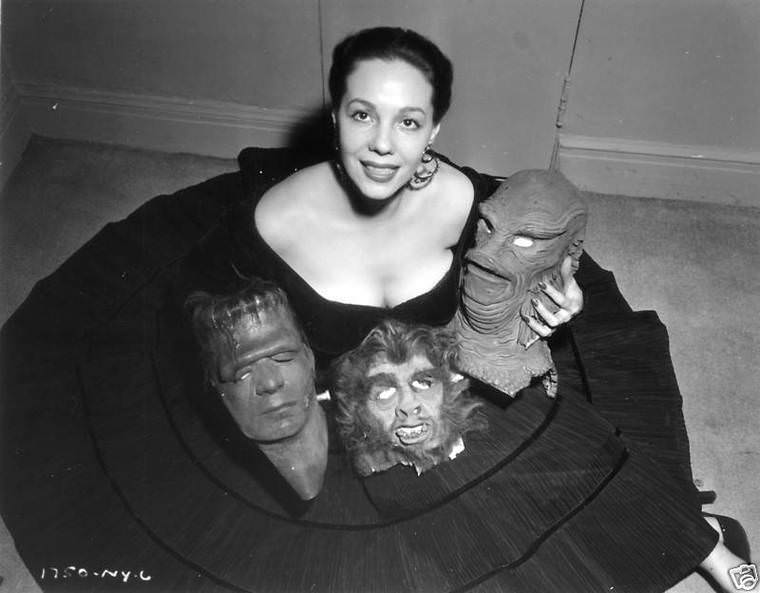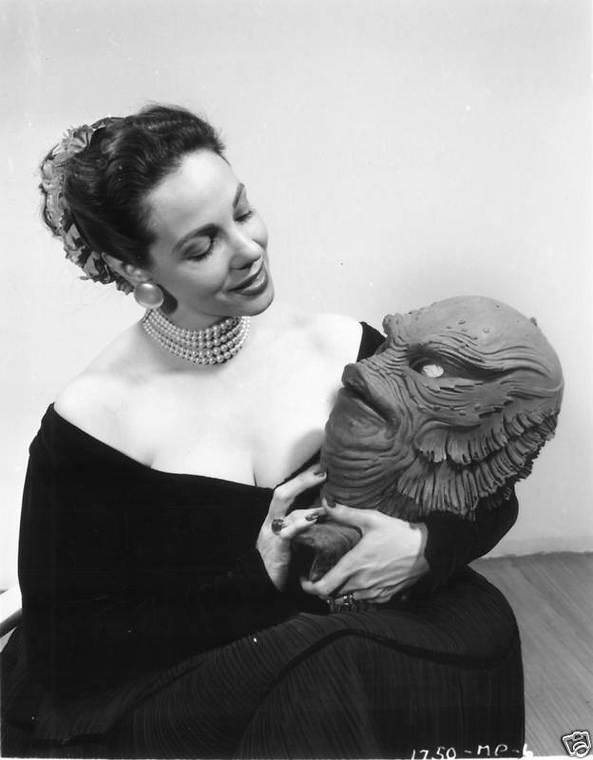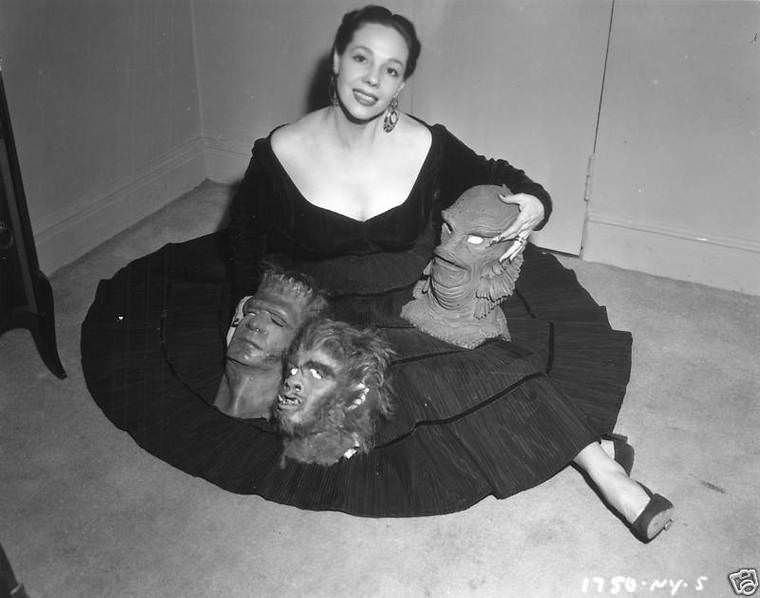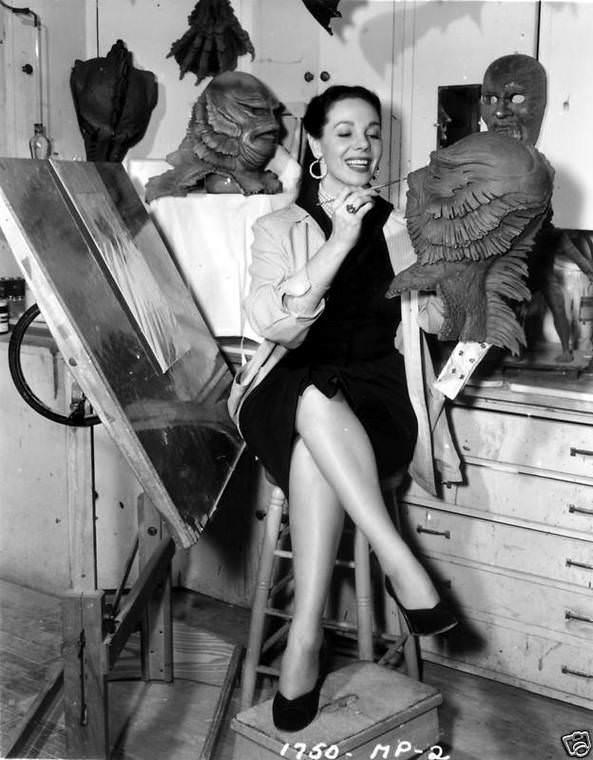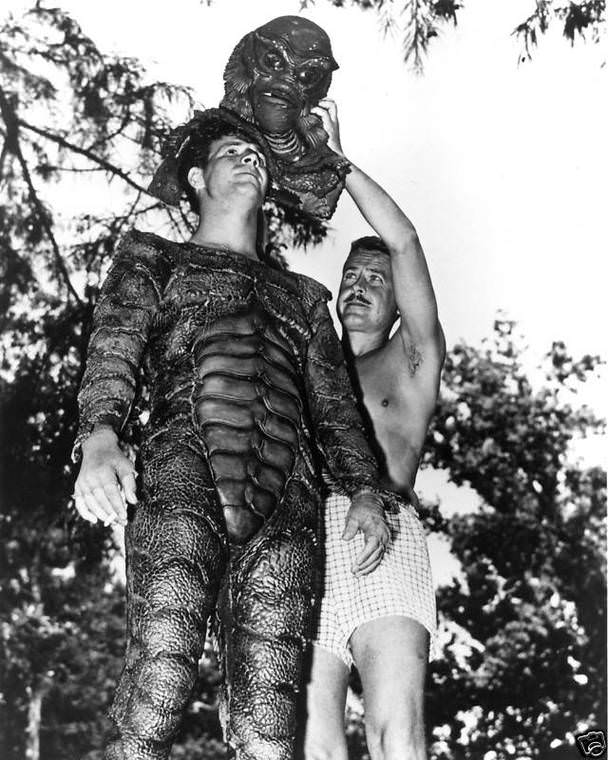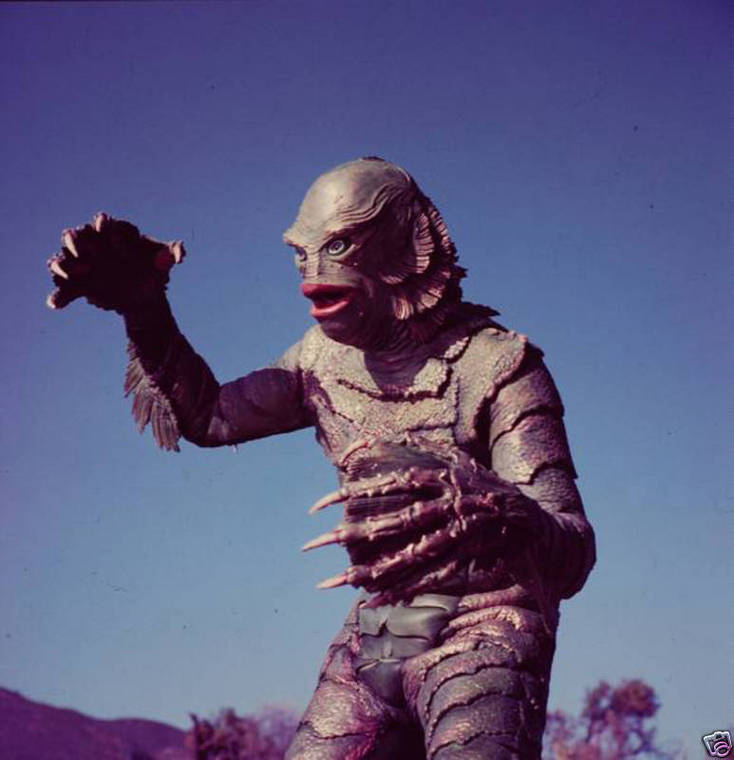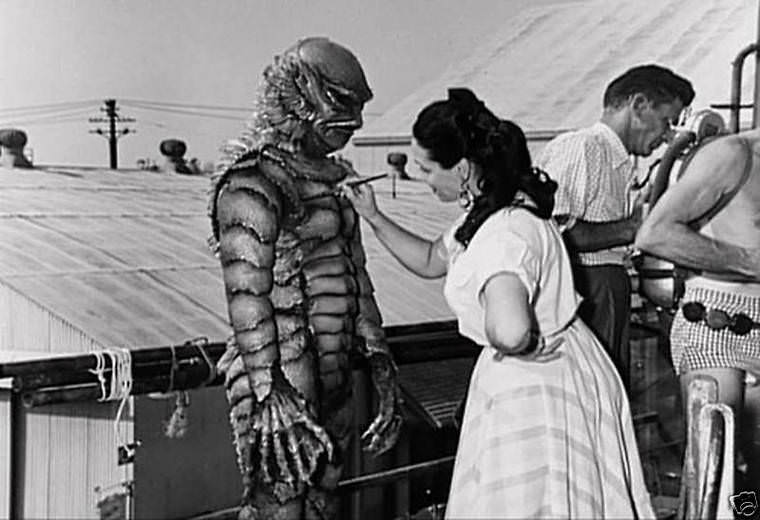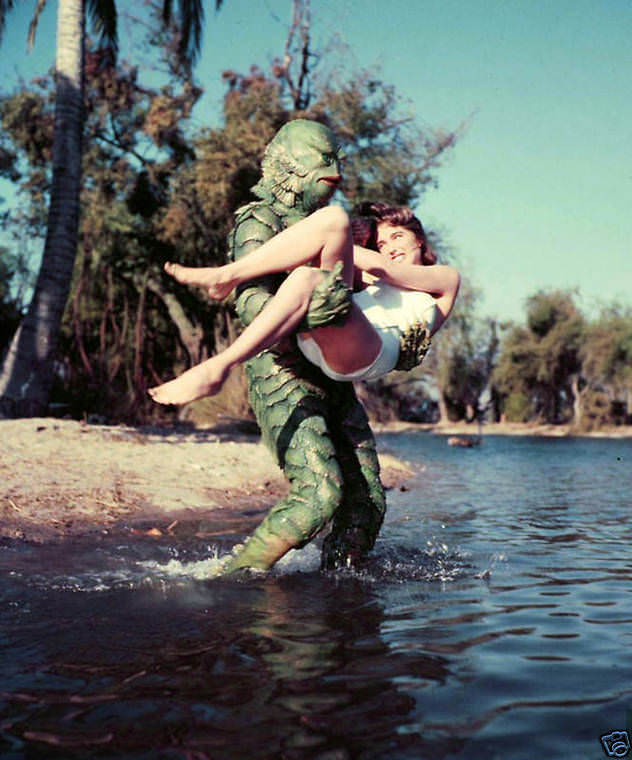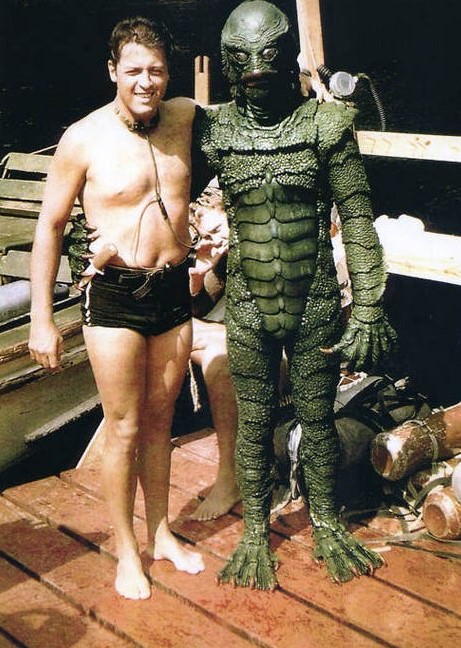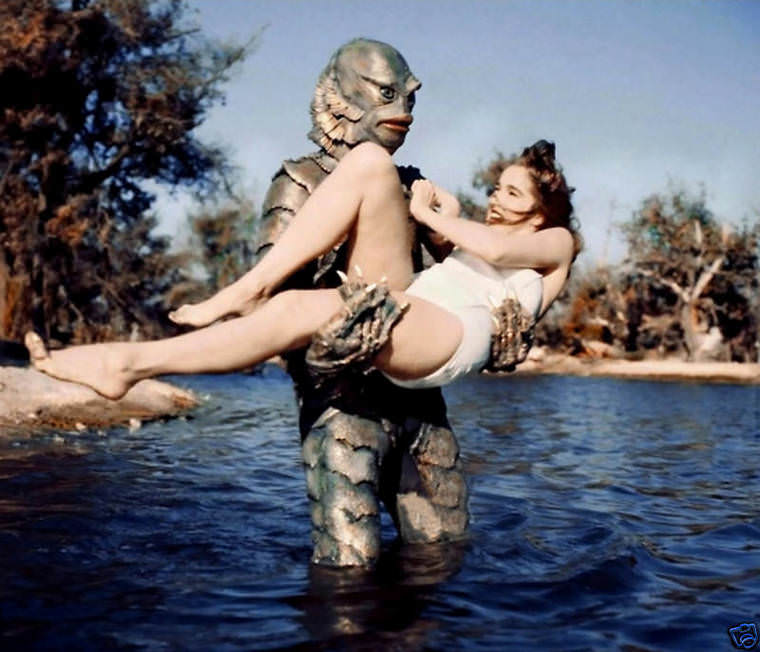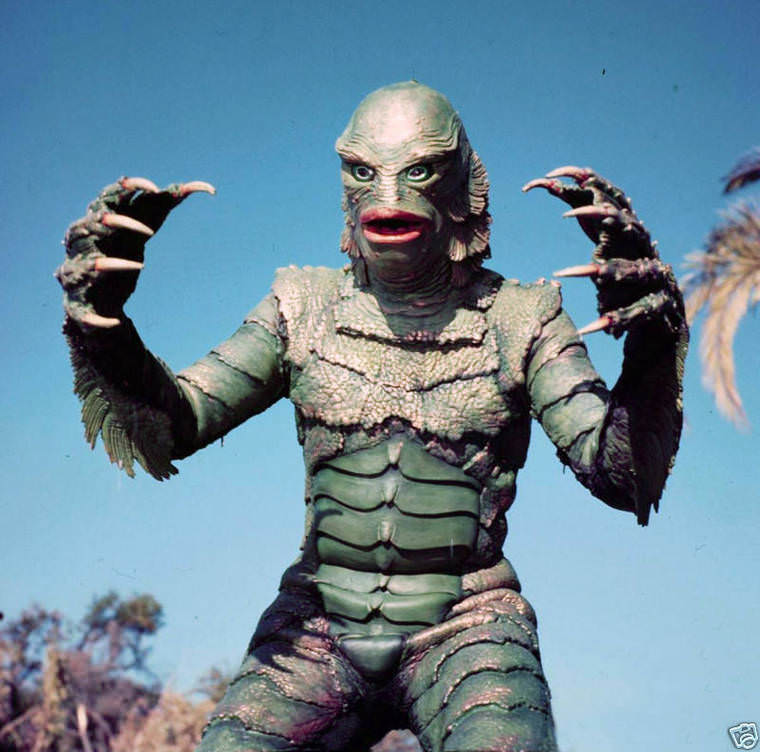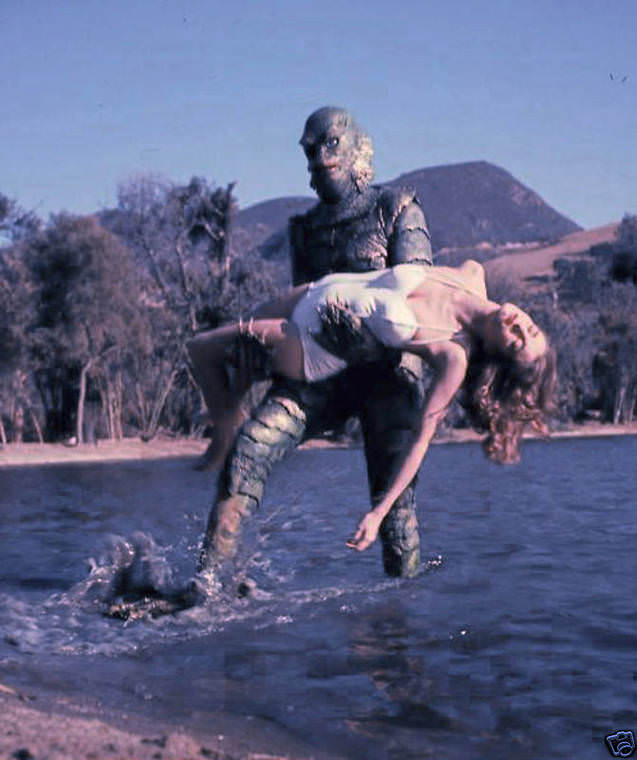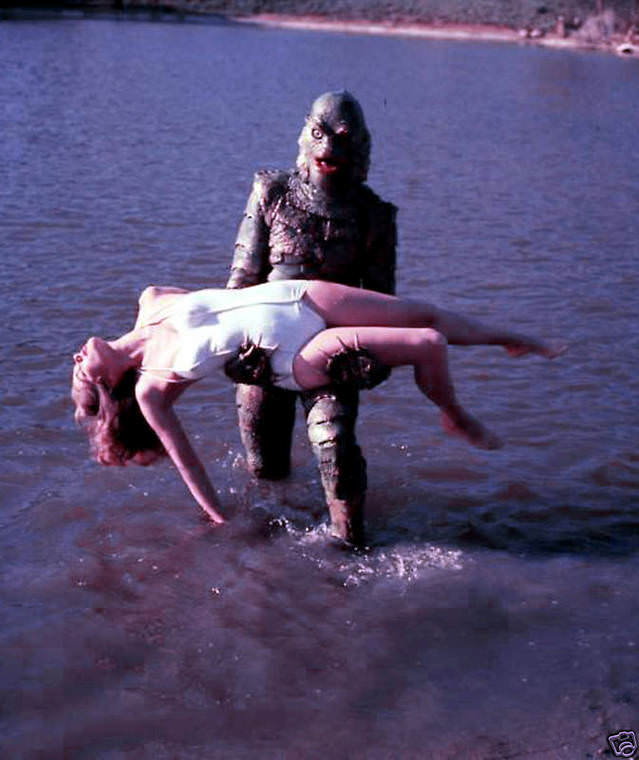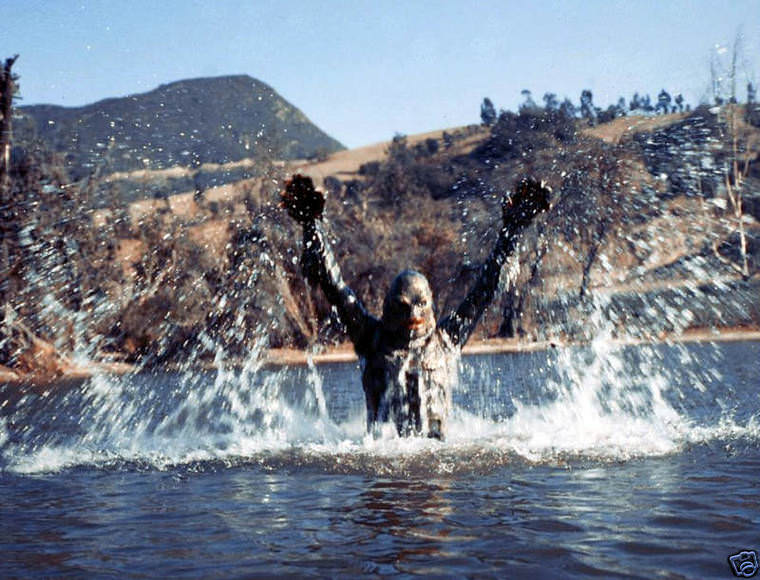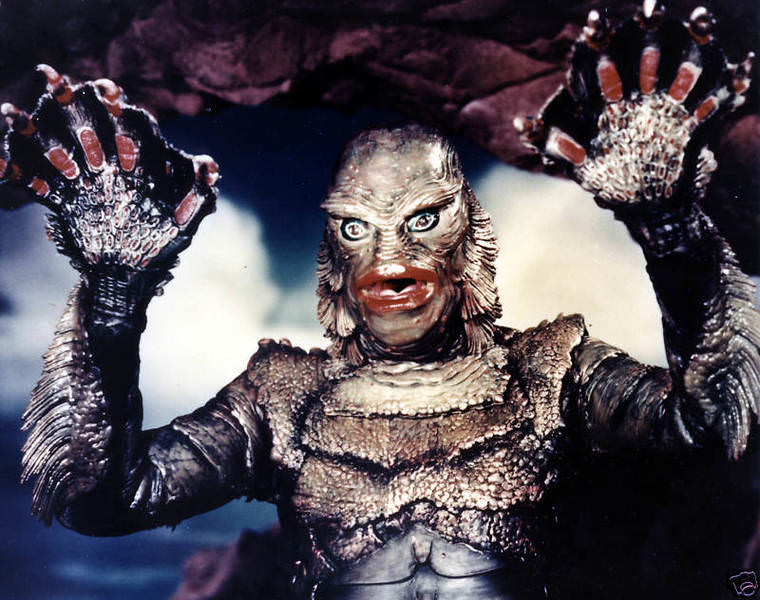Released by Universal-International Pictures in 1954, Creature from the Black Lagoon remains a well-remembered classic from the era of 1950s monster movies. Set in the remote depths of the Amazon rainforest, the film introduced audiences to the iconic amphibious “Gill-man” and featured groundbreaking underwater photography. The story follows a scientific expedition’s perilous encounter, and the process of bringing the creature and its world to the screen involved significant creativity and technical challenges.
The Story
The narrative begins when a geology expedition uncovers an unusual fossilized skeleton embedded in rock along an Amazon tributary – a hand clearly showing webbed fingers. Intrigued by this potential evidence of an evolutionary link between sea creatures and land animals, Dr. Carl Maia puts together a larger, better-equipped expedition to search for more complete remains. The team travels upriver aboard a chartered tramp steamer, the Rita, captained by the experienced Lucas. Key members include ichthyologist (a scientist who studies fish) Dr. David Reed, his colleague and romantic partner Kay Lawrence, and the ambitious supervising scientist Dr. Mark Williams. Their destination is the isolated, largely unexplored waterway dubbed the “Black Lagoon.”
Read more
Encounter with the Gill-man
What the scientists don’t realize is that the Black Lagoon is inhabited by a living prehistoric creature – an amphibious humanoid, the last of its kind, often called the Gill-man. The creature is disturbed by the noisy arrival of the Rita and its occupants. It begins to watch the expedition members, showing a particular interest in Kay. As the team explores and takes water samples, the creature’s presence becomes known through unsettling underwater encounters and attacks on the boat’s crew. The scientific mission shifts towards trying to capture this extraordinary creature. Dr. Williams is eager for the fame such a discovery would bring, while Dr. Reed expresses more caution and concern for safety. They manage to briefly subdue the Gill-man with a sedative dart and trap it in a cage beneath the boat, but the powerful creature breaks free. Angered, the Gill-man then blocks the narrow channel connecting the lagoon to the main river, trapping the Rita. In the film’s climax, the creature seizes Kay and carries her off to its hidden, water-filled grotto. David leads a rescue mission into the creature’s lair, resulting in a final confrontation where the Gill-man is shot multiple times before retreating into the lagoon’s dark depths, allowing the surviving members of the expedition to escape.
Bringing the Creature to Life: Design and Actors
A major part of the film’s production effort went into designing and realizing the Gill-man itself. The memorable creature suit design is largely credited to Millicent Patrick, a talented artist working in Universal’s makeup department at the time (though Bud Westmore, the department head, often received the official credit). The final design was a full-body suit made primarily of molded rubber, featuring scaly skin, prominent dorsal fins, large webbed hands and feet, and functional-looking gills on the neck. Creating a costume that looked convincing both on land and underwater, while allowing an actor inside to move effectively, was a complex task. Two actors portrayed the Gill-man: Ben Chapman, who was tall, wore a darker version of the suit for the scenes filmed on land or aboard the boat. For the extensive underwater sequences, Ricou Browning, an accomplished swimmer and diver, wore a slightly lighter green, more flexible suit.
Filming Underwater
The movie is famous for its underwater scenes, which were remarkably advanced for their time. Many of these sequences were filmed on location in the clear natural waters of Wakulla Springs, Florida. Ricou Browning performed all the underwater stunts and swimming, including scenes where the Gill-man gracefully mirrors Kay (played by Julie Adams) as she swims on the surface. Browning achieved this without the aid of scuba gear; he had to hold his breath for extended periods, sometimes up to several minutes for a single take, grabbing quick breaths from air hoses positioned off-camera by safety divers. Filming these scenes required heavy, specialized waterproof camera housings and experienced underwater camera operators. Some additional underwater shots were filmed in a large studio tank back at Universal.


